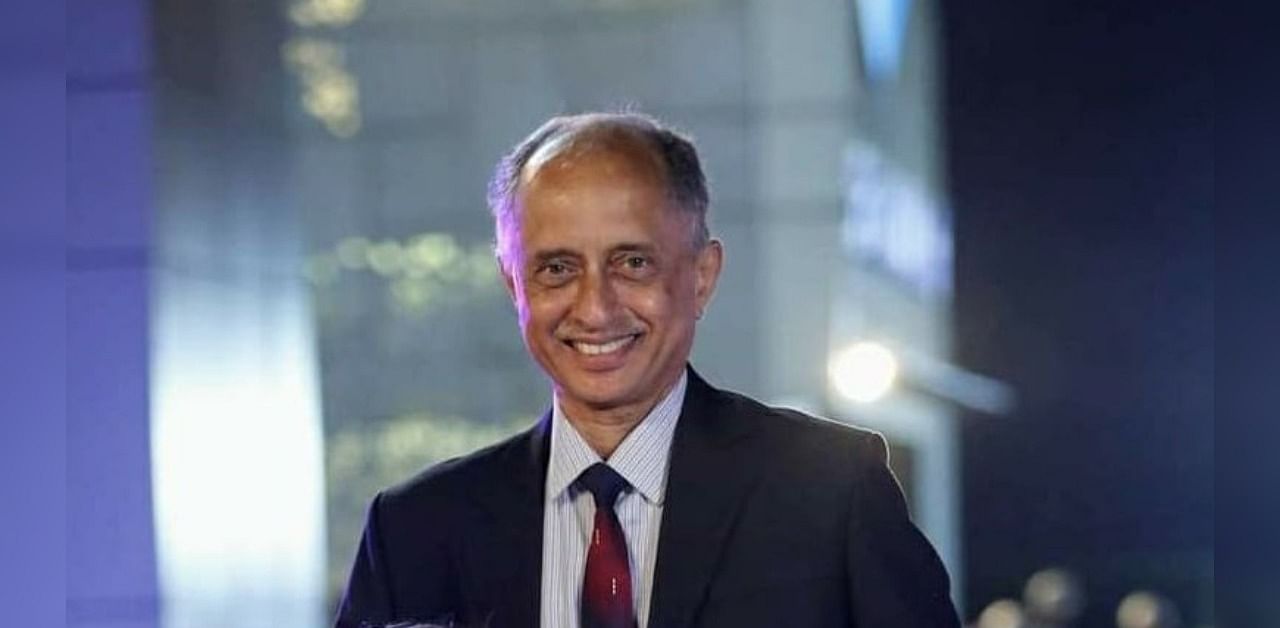
Group Capt MJ Augustine Vinod VSM (Retd) shared with Deccan Herald his memories of Wing Commander Deepak Vasant Sathe, the deceased pilot-in-command of the Air India Express that crashed at Kozhikode Airport. He explained how "every single time, pilots calculate everything before landing".
"Wing Commander Deepak Vasant Sathe was from the 127 Pilots Course and passed out top of his class, winning what was then called the ‘Navanagar Sword of Honour’ instituted by the Raja of Nawanagar. He topped all courses he ever attended. He was also the President’s Medal winner at the National Defence Academy and was an Experimental Test Pilot. As a person, he was quite sharp and had photographic memory.
"I remember once I gave him something to read, which was a document that was part of his test profile, a lengthy document. The next morning, he knew it by heart. That was the kind of memory he possessed.
"Being a test pilot, one doesn’t need to talk of his analytical skill, diligence and methodical approach to aviation. It was par excellence to say the least.
"Not many know that he was instrumental in the success of the Air Surveillance platform, the first ever AWACS (a radar in the sky) that India tried to develop. Nine years, India worked on the project and achieved 90% success on it until it was shelved.
"Wg Cdr DV Sathe, I remember was still with the project when he cheated death as he wasn’t in the flight that crashed with a rotating antenna on top. I met him later, he was quite peeved about HAL shelving the project. By then, the IAF was well on its way to getting the IL-76-based AWACS.
"He fought for the country during Kargil and commanded a Mobile Air Defence missile unit before he hung up his uniform in 2003.
"In civil aviation too he is a rare breed, he flew the Airbus and Boeing passenger planes, only the very competent make the switch as it means studying and gaining experience all over again. Studying and experience came as second nature to Sathe sir.
"On that fateful Friday, Sathe sir’s aeroplane made approach for Runway 28 and the winds were blowing from 260 direction about 12 knots. Winds were perfectly placed for Runway 28. But he had to go around and land from the opposite direction with winds now blowing from behind.
"Aeroplanes land with reference to airspeed (aeroplane's speed with reference to air) and not ground speed (aeroplane’s speed with reference to ground). Therefore, if an aeroplane is landing with an air speed of, say 300 kmph with winds blowing from the front, say at 30 kmph, then on touch-down, the ground speed is 270 kmph. But if the aeroplane is landing with winds blowing from behind (tailwinds), then on touch-down the ground speed is 330 kmph. The brakes must work that much harder to stop the aeroplane.
"IX 1344 did an approach for Runway 28 and could not land. Therefore, it did an approach for Runway 10 and landed, probably in tailwind. 'Is the pilot to blame?' is the natural question. The answer is 'no, he is not' because the manufacturer permits the aeroplane to be landed with a certain amount of tailwinds.
"Moreover before landing, pilots always do calculations using an on-board computer to calculate using all these parameters like winds, aircraft weight, outside temperature, how high is the airfield from the sea level and the condition of the runway.
"After having done the calculations only do they attempt the landing. This happens every time, even if the weather is good and the runway is very long. Every single time, pilots calculate everything before landing.”
(As told to DH's Anupama Ramakrishnan)
